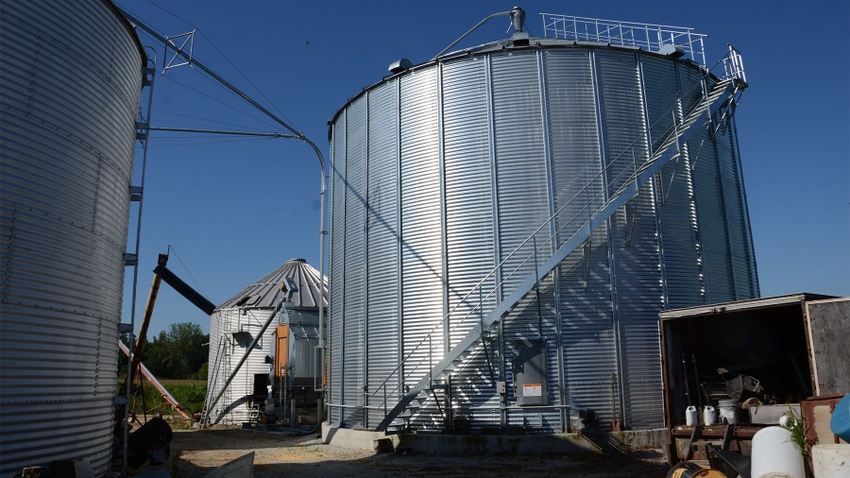September 25, 2023

Our combine sits still when we are backed up at our grain center. Our dryer is 20 years old and two sizes too small, and our pit and leg are sized for ’90s yield levels. I don’t see us affording a better dryer, new construction and more storage all at once. Which should we do first?
Profit Planners panelists include David Erickson, farmer, Altona, Ill.; Mark Evans, Purdue Extension educator, Putnam County, Ind.; Jim Luzar, retired Purdue Extension educator and landowner, Greencastle, Ind.; and Steve Myers, farm manager with Busey Ag Resources, LeRoy, Ill.
Erickson: To reduce idle time, you need to unload faster. But if faster unloading only gets you caught up to the dryer sooner, then you must make a hard decision. A newer, more efficient dryer will likely give you more payback than increased unloading capacity.
Some grants are available through USDA Rural Development and utility providers that could help pay for a new dryer. Talk with a contractor to do this work, and they may have good suggestions based on cost, availability and logistics of your desired upgrades. Even if you need to do the work over multiple years, the fact that you have a plan in place to address your needs is comforting as you work through gradual changes.
Evans: Bin storage would likely be one focus to help better market and move grain more on your time. In many seasons, a fan without heat can be used to finish drying down grain and cool grain that might be slightly above safe storage moisture levels. Hopefully, this will start benefits for you that you can build upon. Then, in the next year or two, perhaps you can take the next steps to phase in updating the dryer and handling components.
Luzar: Processing corn from the field should take priority. That would place additional storage behind the need to address the bottleneck of the dryer not keeping up. A larger dump pit will not matter if corn cannot flow from the dryer in a timely way.
A newer dryer should reward you with improved drying efficiency. Evaluate newer used dryers to see how improved efficiency might impact your drying budget. Getting another pair of eyes on the matter may help make sure you are not missing something. Your drying fuel vendor may have some useful input.
System bottlenecks addressed objectively often seem to require several changes at once. If budgetary considerations limit doing too much right now, seek your best returns first. Do what you can to improve harvest flow.
Myers: It appears your answer lies in your question with an antiquated and depreciated dryer that does not fit. It is an eight-row dryer in a 24-row world. If you improve your pit and leg capacity first, the bottleneck is still at the dryer. By doing a dryer upgrade first, at least you are moving forward in capacity. Then you can reassess total flow following that change to determine the next step.
You May Also Like




